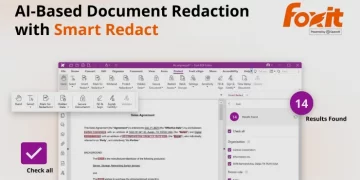
Shutterstock.com/ Sergey Nivens
– –
– –
Cell phones. Tablets, Laptops. Video Games. The era of technology is upon us. While innovative technology is beneficial for medical advancements, safety enhancement, and other crucial functions, what cost do we pay for these innovations?
The rise of technology also means increased access to various programs that can be downloaded and accessed at any time. These “apps” are geared towards individuals of any age with any interest at varying price points.
1. Social media apps and their abilities
Some of the most common apps available are social media platforms. Apps like Facebook, Instagram, Twitter, Reddit, and more allow individuals to post, comment, like, and share posts from vendors, other pages, and peers. Statistics show that teenagers–ages 16-24, specifically–are the largest social media user group.
2. Adverse effects of social media on teenagers
Since social media apps are a recent development, not many studies have been conducted that provide useful information about their effects on adolescent mental health. However, the studies that have been conducted thus far show an unpleasant trend.
Studies show that social media has a negative impact on self-esteem and satisfaction with life. Social media has also been linked to mental health issues, such as depression, anxiety, and feelings of suicide.
3. The need for social media in adolescence
Social media has been shown to affect the “reward centers” that are extremely active in the adolescent brain during this period of development. The number of “likes” on a photo directly corresponds to an adolescent’s feeling of self-worth and body image. In addition, seeing more “likes” on a photo correlates with self-esteem.
Increases in the amount of time spent on social media have shown a reduction in risky behaviors. However, that same time spent on social media has shown an increase in mental health symptoms. Excessive time spent on social media has been directly linked to depression and anxiety, as well as general unhappiness.
4. The emergence of cyberbullying
– –
– –
Bullying has long been an issue for adolescents, but technology and social media have actively participated in the growth and intensity of this act. Often known as “cyberbullying,” social media makes it easier and more convenient for individuals to make unsavory remarks to others. Apps like Snapchat delete messages after they are sent, while the number of “likes” contributes to feelings of self-worth. Saying things that would not be said in person is a key disruption in social media, because users are freer to say hurtful things that can damage the self-esteem of others.
5. Internet safety concerns that exist
Protecting our youth has been made even more difficult with widely available technology and social media. Controlling what they have access to, the level of appropriateness, and blocking harmful sites has never been more difficult. While some apps exist that give parents control over social media apps, all too frequently an override for these protections is created and dispersed.
Keeping your child safe with social media
Staying aware of the apps that your child is using, how they are using them, and who they are speaking with are the first steps to ensuring a healthy state of mind for your child. Limiting the access that your child has to social media and setting restrictions is also beneficial.
– –



























